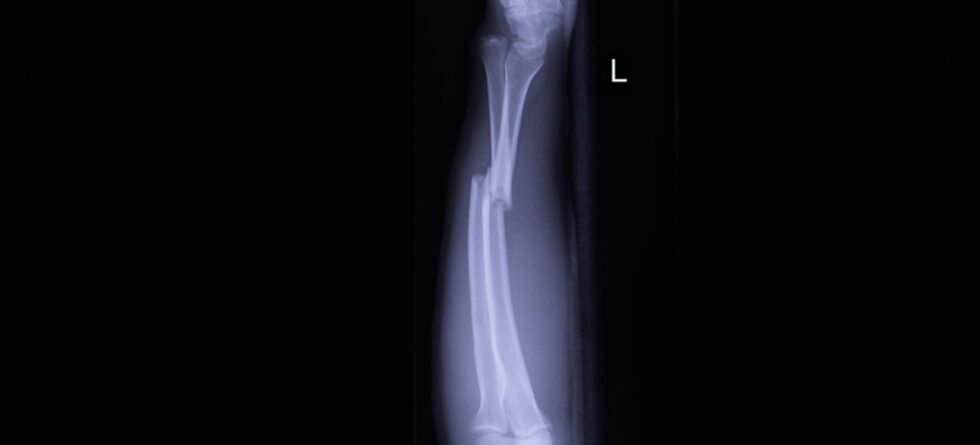Yes, it’s possible to break a bone in gymnastics, as in any sport or physical activity that involves dynamic movements, high impact, and elements of risk. Gymnastics involves a variety of maneuvers, including flips, twists, and landings, which can put stress on the bones and joints, potentially leading to fractures if performed improperly or with excessive force.
Some common scenarios in which gymnasts may sustain bone fractures include…
- Landings – Incorrect landings from jumps, flips, or dismounts can result in fractures, particularly in the lower extremities such as the ankles, feet, or legs.
- Vaulting – During vaulting routines, gymnasts propel themselves over the vaulting table and perform various maneuvers before landing. If the landing is mistimed or executed with excessive force, it can lead to fractures in the wrists, arms, or shoulders.
- Bars and Beams – While performing on uneven bars or balance beams, gymnasts may fall or lose control, resulting in fractures, particularly in the wrists, arms, or ankles.
- Tumbling Passes – Gymnasts often perform tumbling passes that involve rapid flips and twists, with the potential for awkward landings that can cause fractures, particularly in the spine, arms, or legs.
- Overuse Injuries – Chronic overuse and repetitive stress on certain bones and joints can also increase the risk of stress fractures, which are small cracks in the bone caused by repetitive strain.
To reduce the risk of bone fractures in gymnastics, it’s crucial for athletes to…
- Receive proper training from qualified coaches who emphasize technique, safety, and injury prevention.
- Warm up adequately before training or competition to prepare the body for activity and reduce the risk of injury.
- Use appropriate protective gear, such as wrist guards or ankle braces, to provide support and reduce the risk of injury during training.
- Listen to their bodies and avoid pushing through pain or fatigue, as overexertion can increase the risk of injury.
- Incorporate strength and conditioning exercises into their training regimen to improve bone density, muscle strength, and overall resilience.
Despite the potential for injuries, gymnastics can be practiced safely with proper supervision, training, and adherence to safety guidelines. In the event of a suspected fracture or injury, prompt medical evaluation and treatment are essential for proper healing and rehabilitation.



